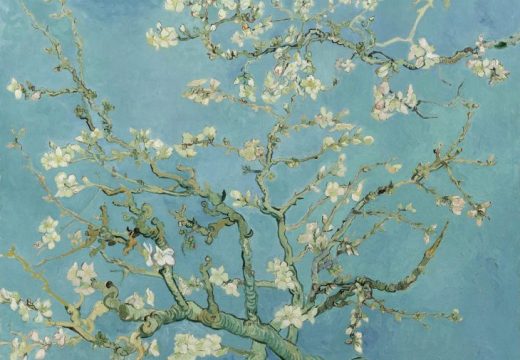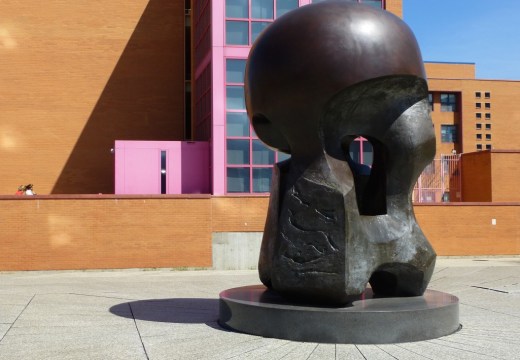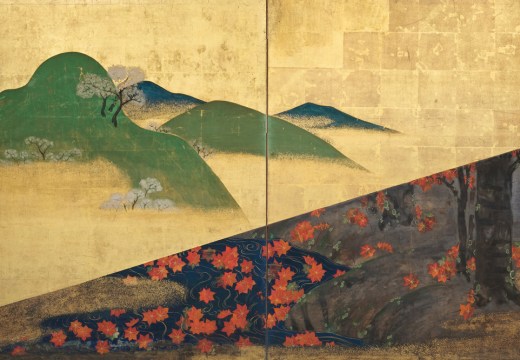From the September 2023 issue of Apollo. Preview and subscribe here.
In May this year, when the G7 held its annual summit in Hiroshima, an unusual graphic appeared on Japanese television. As leaders of the world’s richest countries walked out of the Hiroshima Peace Memorial Museum, little boxes appeared on the screen, listing the number of minutes each had spent inside. The longest-staying visitor was Ursula von der Leyen, president of the European Commission, who clocked 90 minutes. The briefest? That was Joe Biden, who was there for only 39 minutes – not a strong showing, but certainly better than Barack Obama’s performance. In 2016, when Obama became the first sitting US president to visit the city that his country had devastated with an atomic bomb, he staged a 10-minute photo op in the museum’s lobby, to the disappointment of its then-director.
On a recent visit to Hiroshima with my wife, on a hot sunny day in June, we finished somewhere between von der Leyen and Biden, in a little over an hour. It is easily one of the most effective history museums I have visited, filled with testimonials from victims, documentation of the carnage, and artefacts that convey something of the scale of the atrocity. There are inventive, charismatic drawings made by a 13-year-old girl named Tomiko Umekita, who was 800 metres from the hypocentre of the explosion. She was badly burned and died before her father found her. There are also the stone steps of a bank, turned white by the blast and imprinted with a faint shadow left by a person waiting for the branch to open. ‘Several families have suggested that the person killed on the steps may have been one of their own,’ reads the label.
I regret not staying longer, but the displays are so unflinching in their elucidation of the horrors that, after a certain point, I found myself moving more quickly through its halls, heading toward the exit. Outside, in Peace Memorial Park, local schoolchildren were practising their English on tourists, asking them to share a message of peace and writing down their replies. (I will spare you my uninspired answer.) We chatted with them for a few moments and watched them rush about, competing to conduct the most interviews.
Nearby, via a short stroll through adjoining parks, is a very different institution. Pass the skeletal Atomic Bomb Dome, an exhibition centre that barely managed to survive the attack (the ruins of its crown provides the present name), cross the Motoyasu River, walk a bit more, and there it is: the Hiroshima Museum of Art.
It is small – just ten or so rooms – but one of those rare places you sometimes stumble on that just happens to hold treasures you know from reproductions. There is a Cézanne canvas from 1897 of a dignified peasant sitting in a chair and a quick, lucid portrait that Édouard Manet made of Berthe Morisot in 1872. She is gazing right at you. Here, too, is one of the three majestic paintings that Vincent van Gogh made in the last months of his life of Charles-François Daubigny’s garden in Auvers-sur-Oise, France, a swirl of foliage and brushstrokes. (The abundance of greens inspired the museum to adopt the colour as part of its visual identity a few years ago.)

View of the Fortifications (1909), Henri Rousseau. Hiroshima Museum of Art
The focus here is European modernism from the mid 19th century until Pablo Picasso’s last years (think Edgar Degas, Claude Monet and – why not? – the always underrated Marie Laurencin), as well as traditional Japanese painting (Takeuchi Seiho, Uemura Shoen) and Western-style Japanese painting (Ryusei Kishida, Maeta Kanji) from roughly the same period. The examples are impressive. Thank you, Hiroshima Bank. To toast the centennial of its founding, the bank opened the museum in 1978. The main building is a restrained cylinder structure with a squat dome that nods to the nearby Atomic Bomb Dome, though this one is made of oxidised copper (another fine green). Its motto is ‘For Love and Peace’. What more could you want from a museum? As aspirations go, it has to rank high up there with that of the 21st Century Museum of Contemporary Art in Kanazawa: ‘To grow in spirit along with children.’
I am no great believer in the ability of art to ameliorate harm or cure historical wrongs, but there is no denying this museum’s power to move. There were only a few other visitors and we were surrounded by artworks that had travelled thousands of miles and several decades to be where they are right now. They had endured.
In a ‘Blue Period’ Picasso of 1902, two women are slumped at a bar, ghostly presences in a room of pure melancholy. In a black-and-white Léonard Foujita painted two decades later, a woman reclines on a bed, nude, glowing, resplendent. What became of her? Then there is the giant work by Henri Le Sidaner (no longer a household name, but celebrated in his day) of a house at twilight. Light shines through one window as pink flowers bloom on the trees outside. It’s a bit kitschy, but also a bit sublime.
The painting that has really stuck with me since I saw it in Hiroshima is a minimal Henri Rousseau called View of the Fortifications, which pops into my head every few days. (Have I spent more than 90 minutes on it? Mercifully, no one is counting.) The sky is grey and a lone figure with a hat and a cane is standing near a long, sturdy-looking wall. The mood of the scene recalls Bob Dylan: it’s not dark yet, but it’s getting there. The year was 1909. Who knew what was coming?
From the September 2023 issue of Apollo. Preview and subscribe here.
Unlimited access from just $16 every 3 months
Subscribe to get unlimited and exclusive access to the top art stories, interviews and exhibition reviews.














![Masterpiece [Re]discovery 2022. Photo: Ben Fisher Photography, courtesy of Masterpiece London](http://www.apollo-magazine.com/wp-content/uploads/2022/07/MPL2022_4263.jpg)
It’s time for the government of London to return to its rightful home